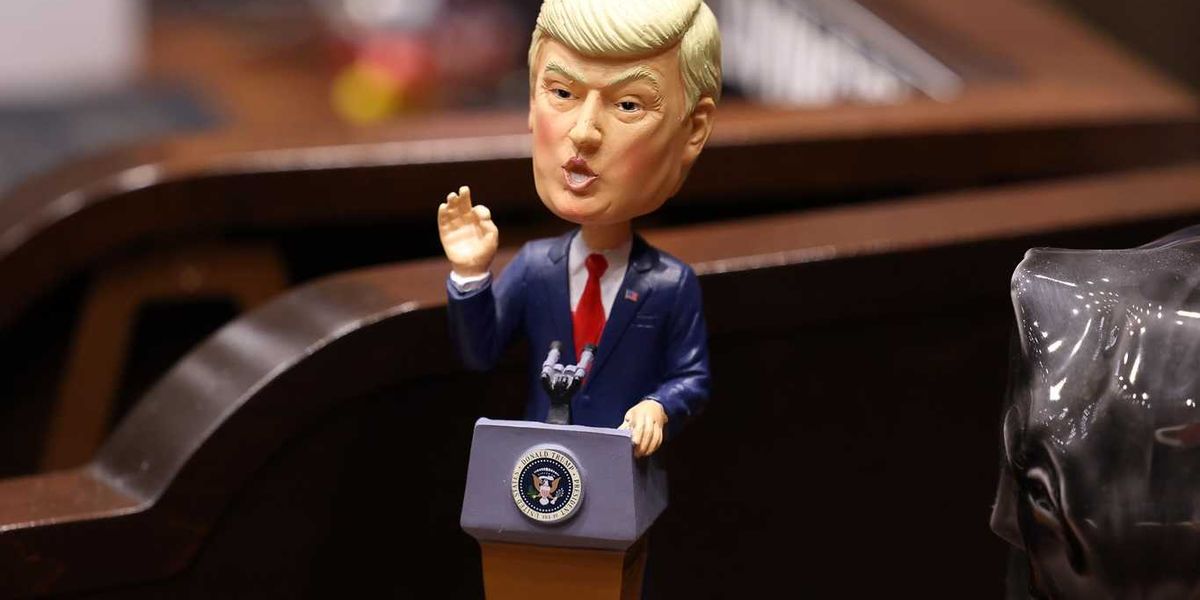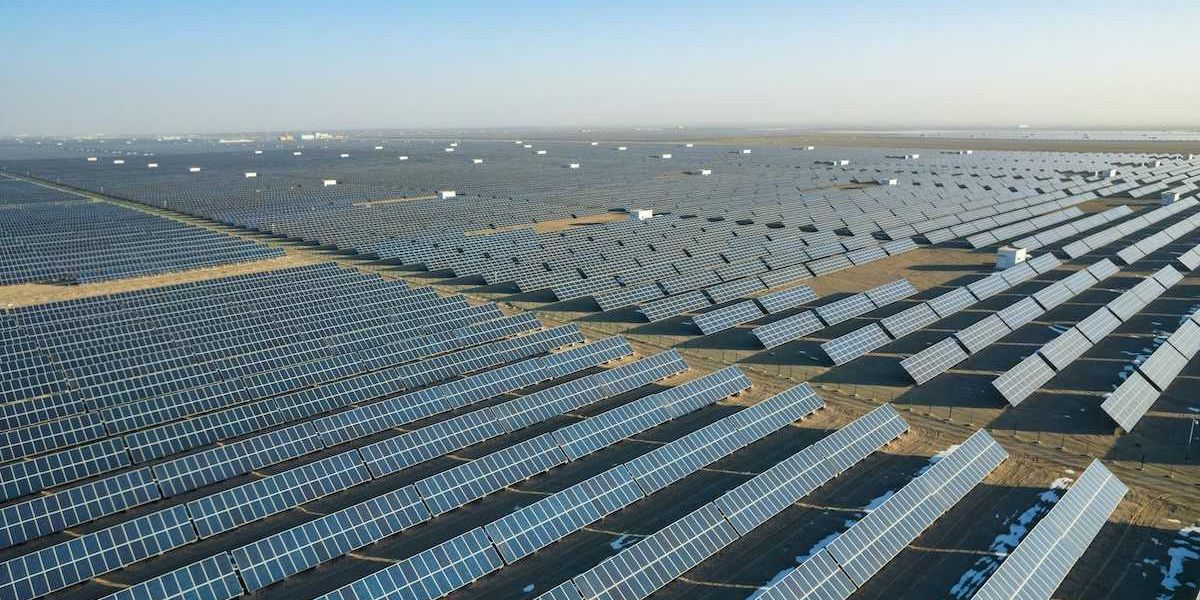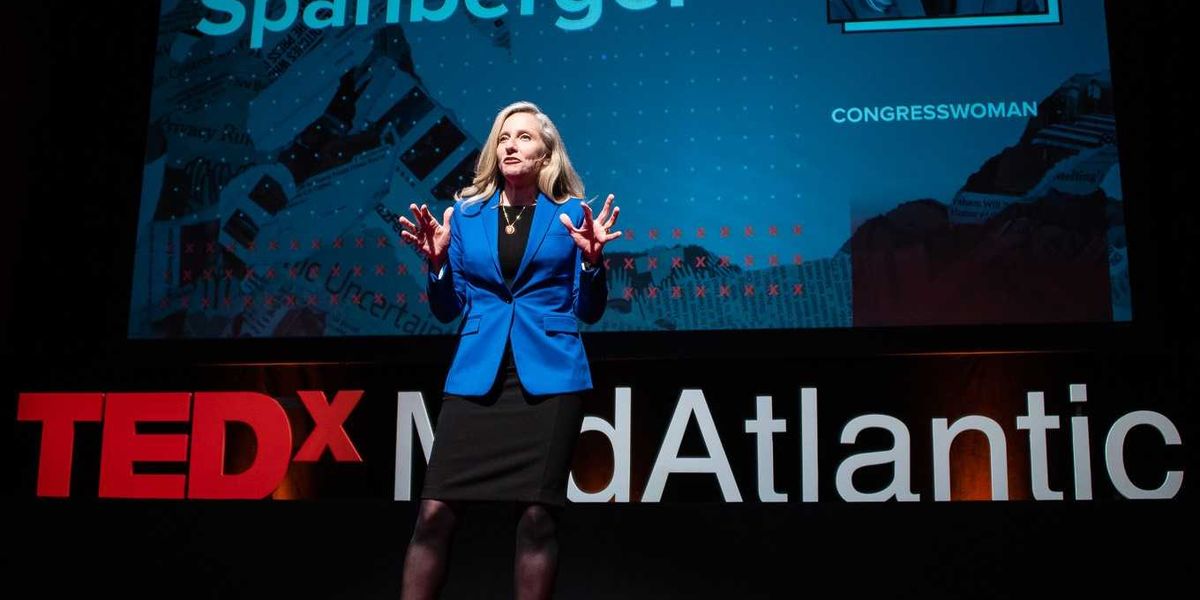Book Review: Cutting-edge science, with cartoons.
In clear, mostly un-sciencey language, The Madhouse Effect lays out each aspect of the climate challenge from the basic science to public policy, future consequences, potential solutions, and the strange pathology of climate denial.
Book Review: Cutting-edge science, with cartoons
August 13, 2016
"The Madhouse Effect" explains climate science and politics in plain English
By Peter Dykstra
The Daily Climate
Follow @pdykstra
In the 1981 movie “Arthur,” Sir John Gielgud plays Hobson, a viciously sarcastic servant and confidant to Arthur Bach, a happy, drunken heir to a fortune.
In a desperate attempt to get the brain-addled Arthur to read something, Hobson says, “Here, take this magazine. There are many pictures.”
He would have appreciated Michael Mann’s and Tom Toles’s The Madhouse Effect. Mann, the climate scientist widely respected in his field but despised by climate deniers, and Toles, the Washington Post’s Pulitzer-winning editorial cartoonist, have turned in a solid, accessible explanation for those who haven’t yet gotten the memo on climate change.
And thanks to Toles’s pen, there are many pictures.
With some notable exceptions, scientists grapple with a universal problem: They tend to treat standard English as a second language, with a tendency to speak, write, and describe even the most fascinating fields of study in terms only another scientist could understand. Subjects like climate change and climate denial affect literally everyone, but their fearful impacts drive an audience away – even more so when communicated in a high-handed, exclusionary way.
There’s no better way to take the sting out by lacing the text with Toles’s art, drenched with comedy, irony, honesty and a heavy dose of smart-ass.
In clear, mostly un-sciencey language, The Madhouse Effect lays out each aspect of the climate challenge from the basic science to public policy, future consequences, potential solutions, and the strange pathology of climate denial. There’s no way to present these things in an honest way without a heavy dose of negativity. Since that’s the case, there’s no better way to take the sting out by lacing the text with Toles’s art, drenched with comedy, irony, honesty and a heavy dose of smart-ass.
The text describing today’s highest profile climate deniers might have been a strong opportunity for Mann to settle some scores with politicians and political operatives who have attacked him savagely. The book gives concise accounts of the contradictions and hypocrisy of climate denial, but the authors wisely leave the best score-settling to Toles, who offers gruesome caricatures of Sarah Palin, Congressman Joe Barton, Sir Rupert Murdoch, Marc Morano and others. His drawing of all-purpose denier-for-hire Steve Milloy bears a strong resemblance to the New Yorker’s early cartoons of Gomez Addams.
Truth be told, the book offers little in terms of new information for climate scientists, policy wonks, or journalists who cover it all (on those occasions when it all gets covered). The straightforward explanations of the science, politics and consequences of climate change are old hat to insiders.
But that’s the point: The Madhouse Effect uses a clever format to introduce what the know-it-alls already know to the much wider audience that needs to hear it. Ironically, this book’s most valuable offering for the eggheads, wonks and tree-huggers may be the cartoons, even though to my knowledge there is no rigorous peer review process for cartoonists.
Yes, there are many pictures. They may not reach the hardcore climate deniers, but The Madhouse Effect is an entertaining and effective pitch to the vast of majority of citizens who have a vague sense of the problem, but need to be coaxed into learning more, and soon.
The Daily Climate is an independent, foundation-funded news service covering energy, the environment and climate change. Find us on Twitter @TheDailyClimate or email editor Brian Bienkowski at bbienkowski [at] EHN.org
Book cover (Credit: Amazon); Steven Milloy cartoon (Credit: Tom Toles)













